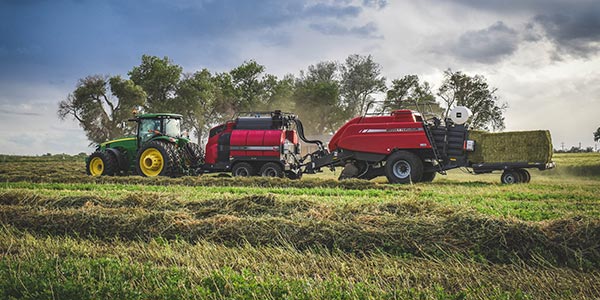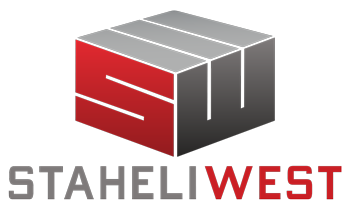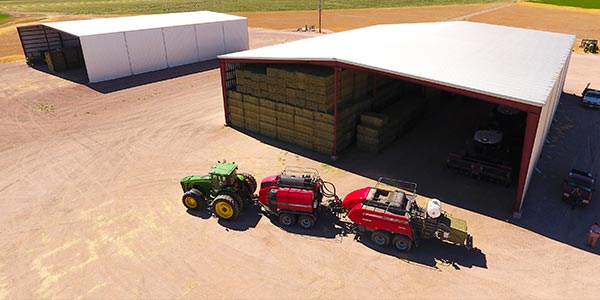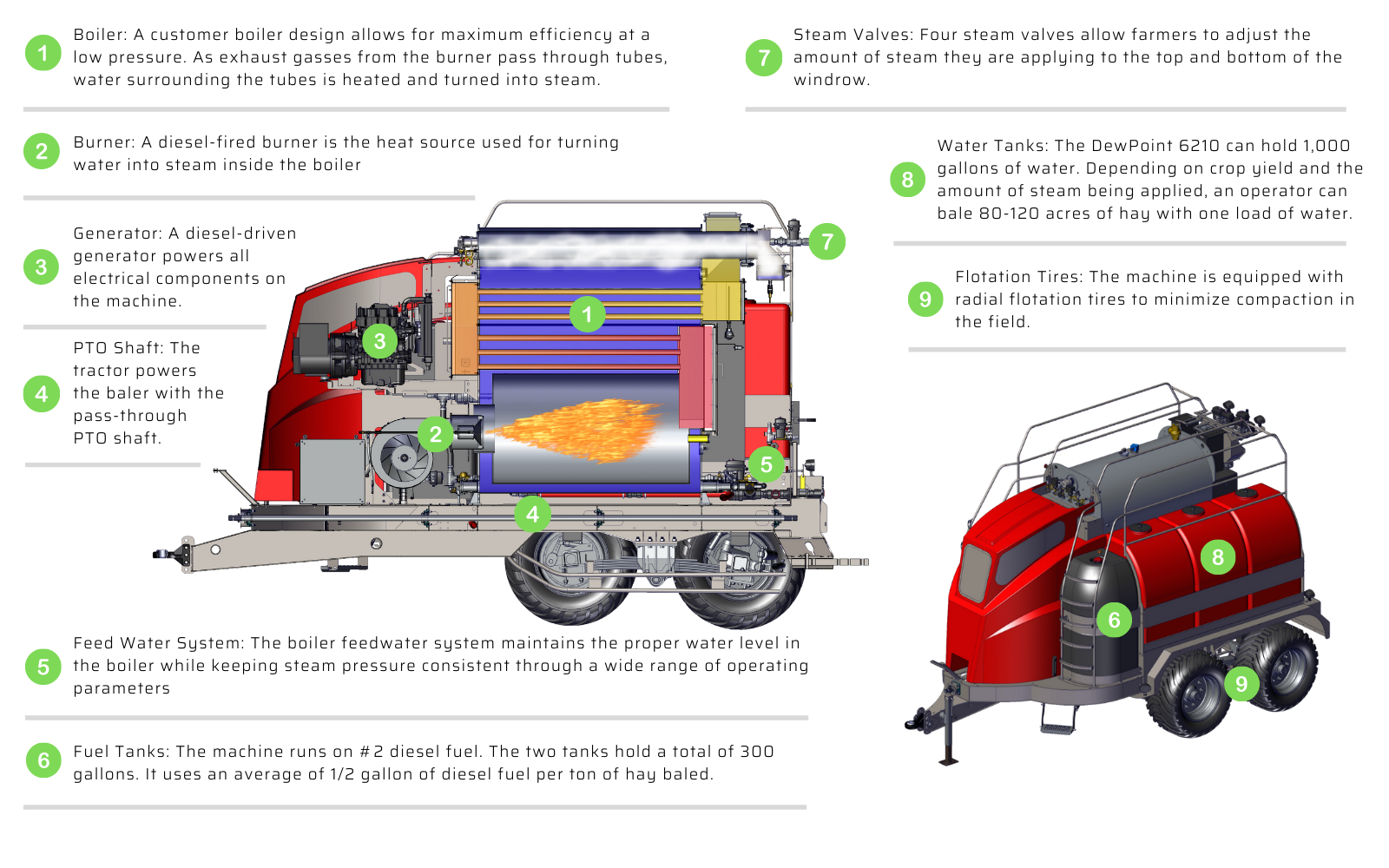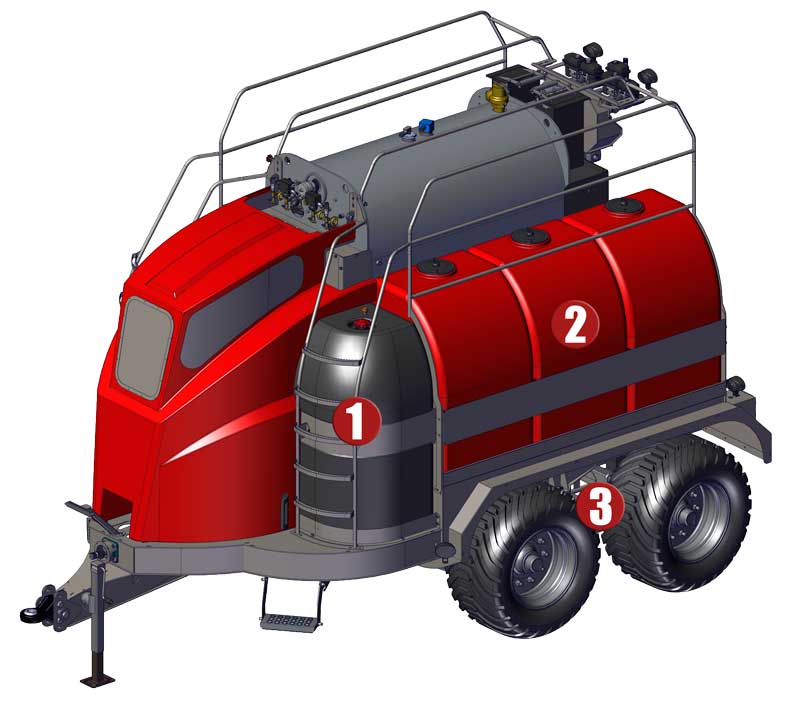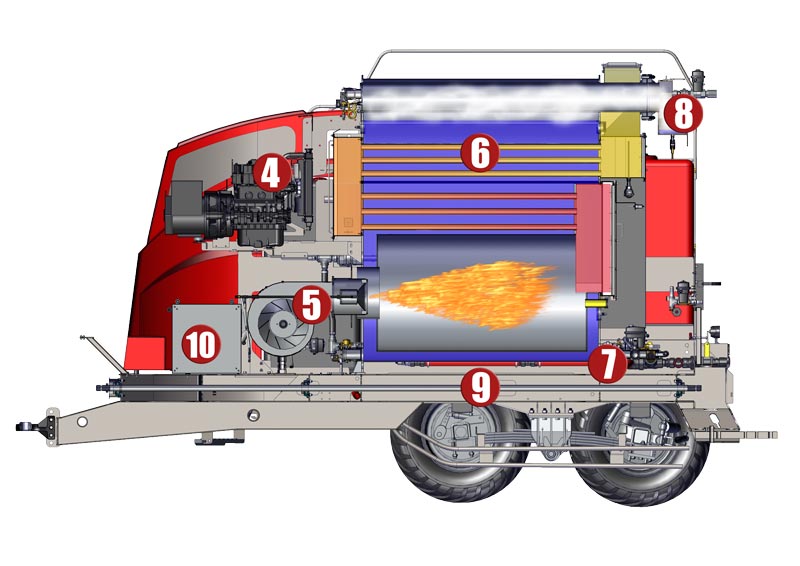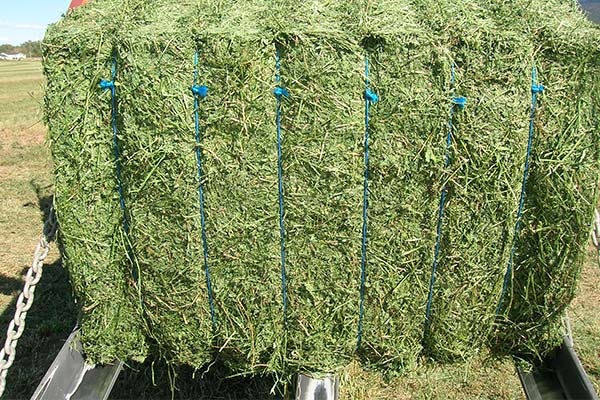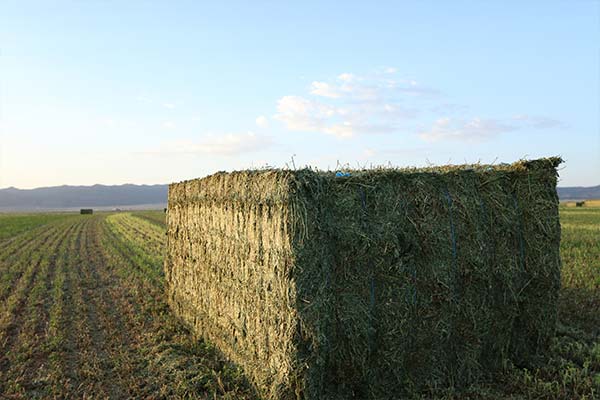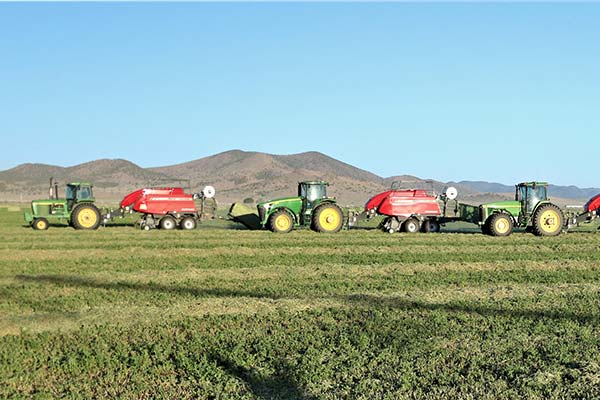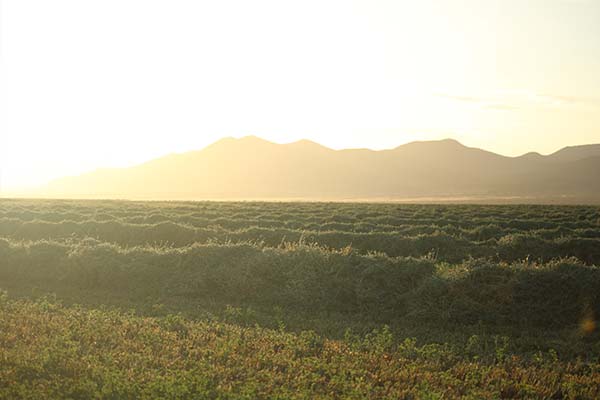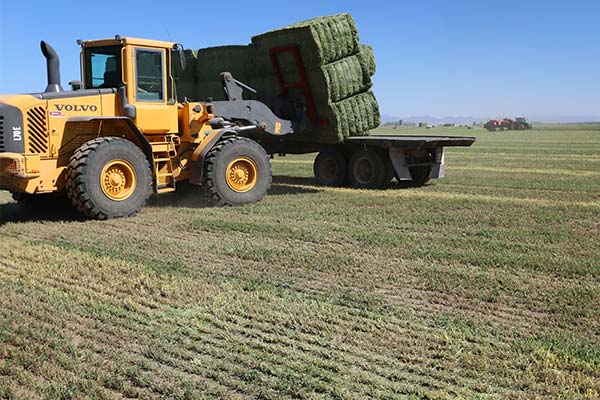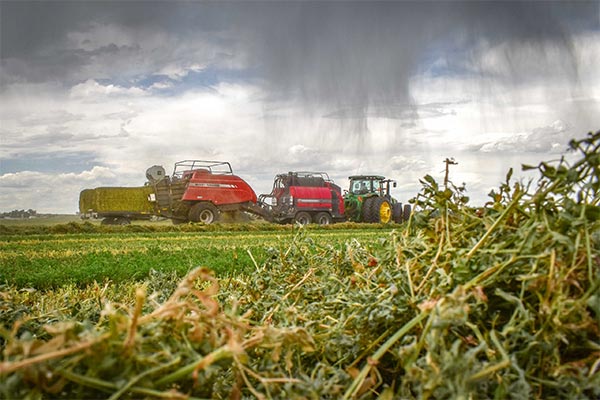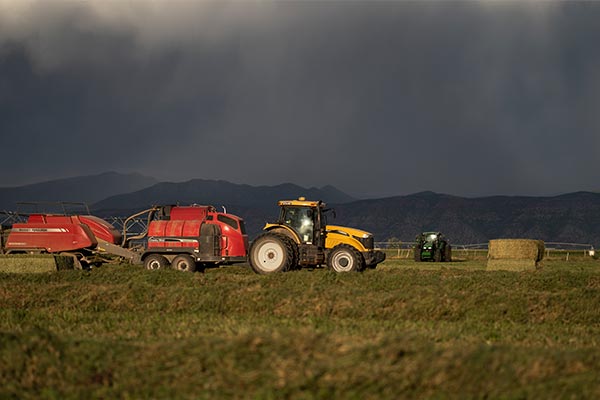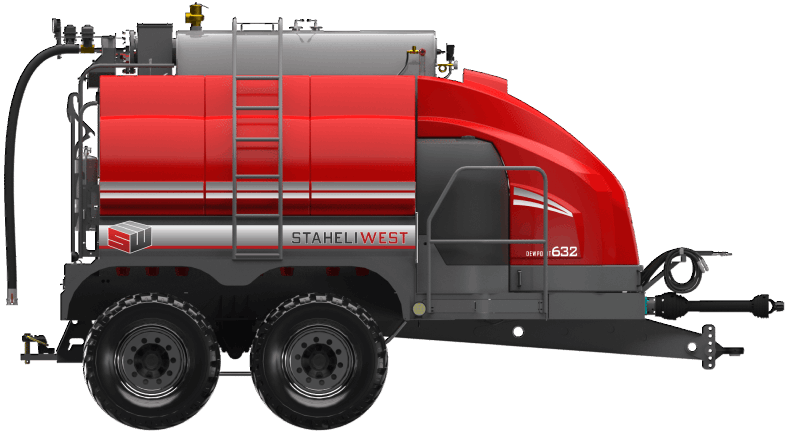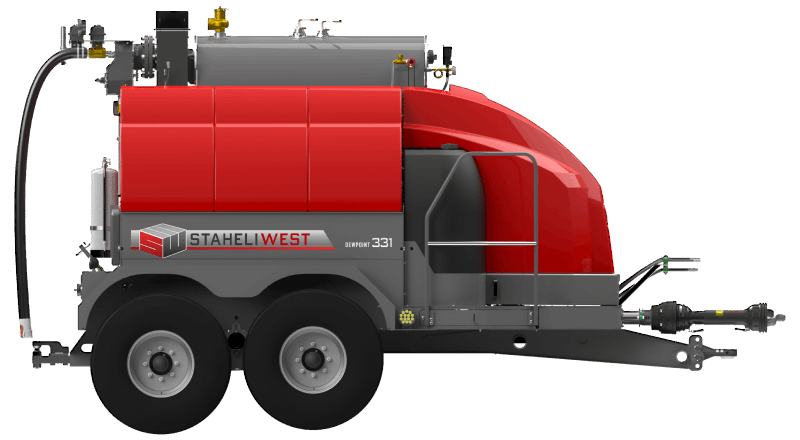The DewPoint Generates Steam Using a Low-Pressure Boiler System
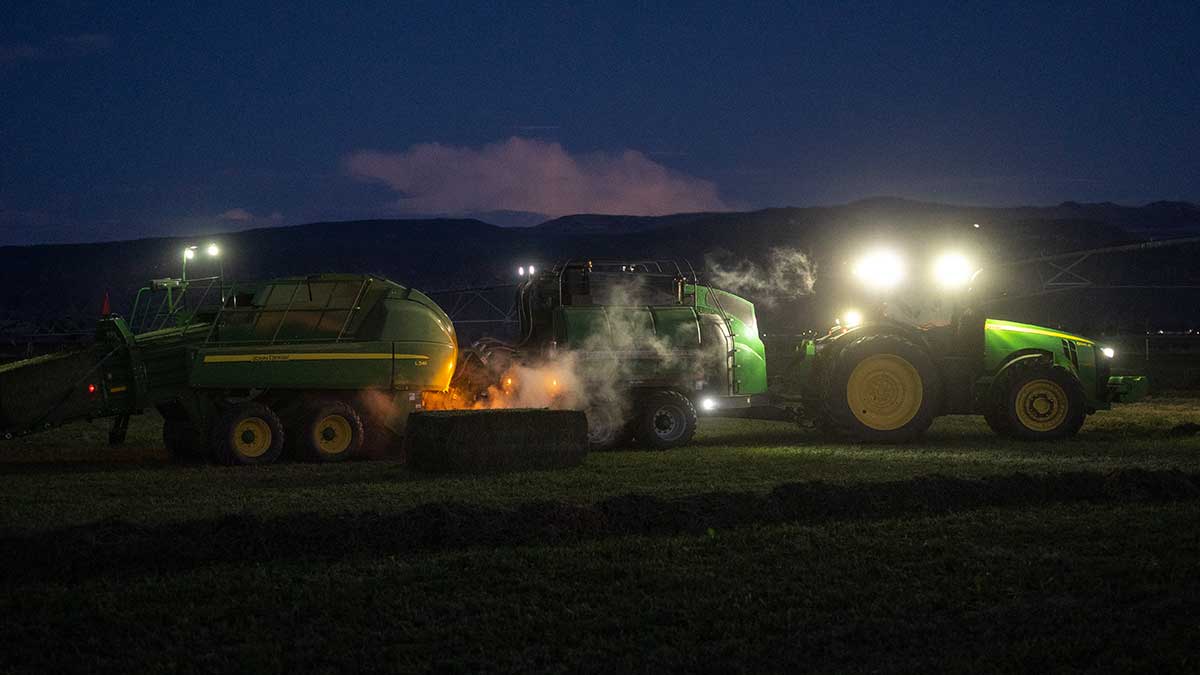
Steam is distributed through manifolds on the baler and injected into the hay during the baling process. Steam is absorbed into the hay so quickly that it must be applied right at the baler pickup and in the feed chamber of the baler. Each steam manifold can either be controlled separately or altogether from the control screen in the tractor cab.
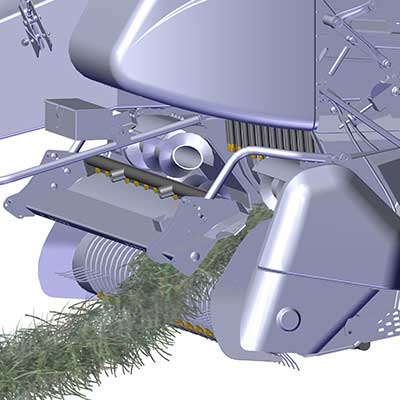
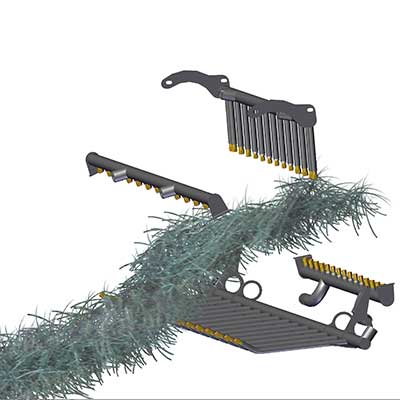
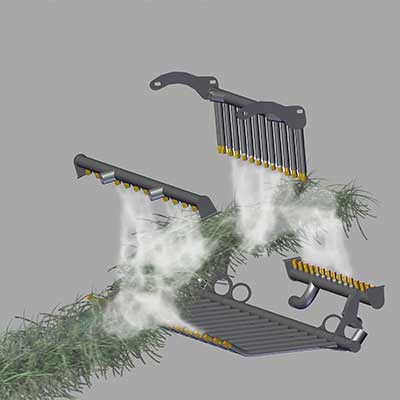
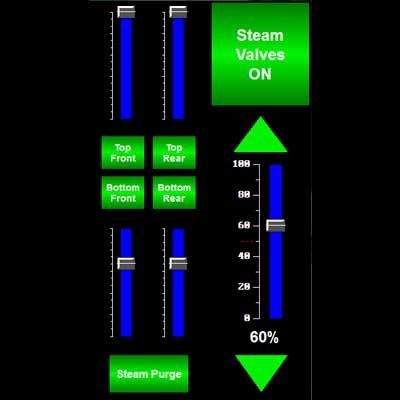
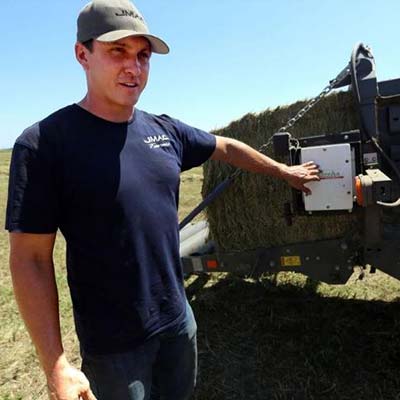
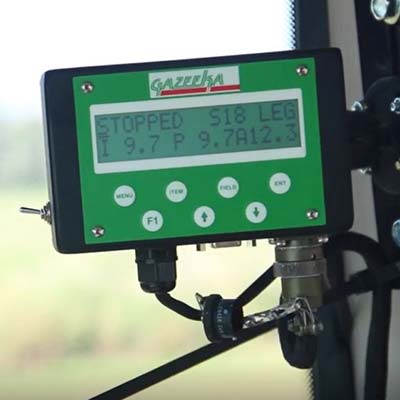
What Our Customers are Saying
Baling Hay the Bill Perry Way
Bill Perry from Tonopah, Arizona is a fifth-generation farmer making hay in the desert. Bill was always intrigued by the DewPoint steamer and the fact that you can make your own "dew." See how the steamer has changed Bill's operation and his hay. Bill states, "You need to buy a steamer if you're in the hay business." Find out why in this video!
How 2 Steamers Made this Farmer 1 Million Dollars
Shannon Schulz farms 3,700 acres in Harquahala Valley, Arizona. Shannon grows his own hay and operates a hay press where he exports hay around the world. Not only is he gaining 15% leaf weight on his bales, but he is also seeing a 1/2% decrease in handling waste in his press due to the product holding together well. Add that all up and Shannon made an extra $1 Million and paid for both DewPoint machines in 1 year!
Jerad Wittwer Steaming Grass Hay in Panguitch, Utah
Many believe that the DewPoint steamers only make sense for alfalfa producers, but Jerad is living proof that the steamers can be used for many other different baled crops. He states, "[The steamer] makes alfalfa great, but it makes grass alfalfa greatest."
Steaming Hay with the Roberts
The DewPoint hay steamer has been a huge financial benefit to the Roberts on their family farm. Don Roberts, Owner of Roberts Legacy Farms, states: "I can change all my equipment out with the money it makes me because of the steamer."
Getting a Double Return on Investment
Perry Van Tassell, owner of Hidden Valley Organic in Idaho, states that he is receiving a double return on his DewPoint 6210 investment. Perry not only runs an organic dairy, but he also produces all of the hay that he feeds.
Bracken Farms part 1 - enterprise, utah
The Brackens tried everything from spraying water on the windrows to baling with stem moisture before they bought the steamers.
Bracken farms part 2 - enterprise, Utah
The Brackens went from a 6-man crew of 4 balers and 2 water trucks, down to a 2 man operation with 2 steamers, and are able to bale 1600 acres in 3 days.
Is the dewpoint steamer worth it?
The steamer is a big investment, but these farmers explain the economic difference it has made in their hay farming operations.
Revolutionizing the Agricultural Industry in Parowan, Utah
A story of five generations of farmers living in the Parowan Valley of Southern Utah. How one machine, the DewPoint Hay Steamer, has changed their operations, their lives, their families, and their community.
Steaming Hay in the Red Rocks Near Kanab, Utah
Mike and Nathan are a testament that the steamer isn’t just for the huge, commercial hay farmer. It’s the every day family-run farms and even smaller hay operations that are benefiting from the DewPoint machine.
Brandon Yardley – Milford, Utah
Brandon Yardley is one of the few yellow steamer owners in the country. He decided to purchase the steamer because he was tired of putting up dry hay. He figures that the steamer paid for itself in around 1 year based on bale weight alone.
Seth Menefee – Artesia, New Mexico
For the Menefees, the DewPoint has changed more than just their financials. They say that it’s good on their pocketbook and on their health. They are getting much more sleep at night and are “much happier people.”
Ryan Schwebach – Estancia, New Mexico
To the astonishment of his neighbors, Ryan was able to get an extra cutting because of the steamer, and while his bale counts remained the same, the bale weights increased. Ryan states that the steamer paid for itself in 12 months.
Jason Brumley – Estancia, New Mexico
Jason has never put up a bale of hay without steam. The steamer has helped him utilize the short growing period by being able to put up his hay and get his water back on the fields quicker. He is now receiving a full 4th cutting while many in his valley only got a clipping.
Eric Webb – Raft River, Idaho
Eric states that the steamer is a “modern day miracle” and one of the greatest things ever invented. He says the leaf retention in steamed hay is incredible.
George Rapp – Holcomb, Kansas
After seeing a flake of steamed hay, George purchased a steamer. He says the steamer is really fun to run and that just about anyone can run it. He has no regrets about buying a steamer, and believes it will pay for itself in the first year.
Austin Nokes – Albert, Kansas
Austin says that he actually gets less sleep now with the steamer, because they don’t have to wait for the dew. He loves that you can start baling as soon as the hay is dry enough and says that it has increased his productivity tremendously.
James Sloan – La Mesa, New Mexico
James Sloan tried hard to make good hay but producing consistent hay was always a challenge. Now that he owns a steamer, he says that the consistency is unbelievable.
How We Calculate Return on Investment
Increased bale weight due to higher leaf retention
Hay value increase
Added growing days
Crop damage due to rained-on hay or baling in too dry of conditions
Please download our ROI Value Assessment Spreadsheet to see how the steamer could pencil out on your farm.
Download the ROI Value Assessment Spreadsheet
Watch this tutorial on how to use the ROI Value Assessment Spreadsheet
Spencer Douglas, Staheli West Product Specialist, illustrates how the steamer pays for itself.
Common Questions and Concerns







